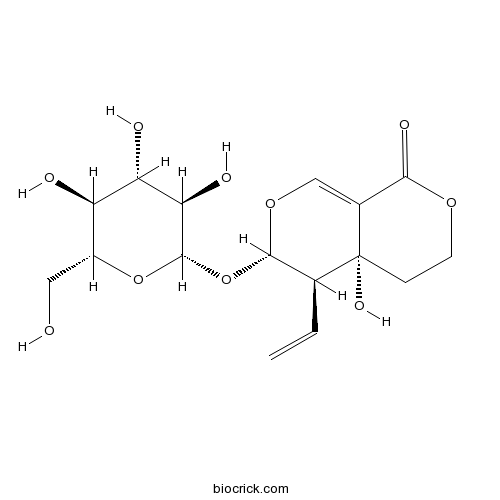Gentiana waltonii
Gentiana waltonii
1. The products in our compound library are selected from thousands of unique natural products; 2. It has the characteristics of diverse structure, diverse sources and wide coverage of activities; 3. Provide information on the activity of products from major journals, patents and research reports around the world, providing theoretical direction and research basis for further research and screening; 4. Free combination according to the type, source, target and disease of natural product; 5. The compound powder is placed in a covered tube and then discharged into a 10 x 10 cryostat; 6. Transport in ice pack or dry ice pack. Please store it at -20 °C as soon as possible after receiving the product, and use it as soon as possible after opening.
Natural products/compounds from Gentiana waltonii
- Cat.No. Product Name CAS Number COA
-
BCN1116
Swertiamarin17388-39-5
Instructions

-
BCN4909
Gentiopicroside20831-76-9
Instructions

Waltonitone inhibits proliferation of hepatoma cells and tumorigenesis via FXR-miR-22-CCNA2 signaling pathway.[Pubmed: 27738335]
Waltonitone (WA), an ursane-type pentacyclic triterpene extracted from Gentiana waltonii Burkill, was recently appeared to exert anti-tumor effect. However, the biological underpinnings underlying the role of WA in hepatocellular carcinoma (HCC) cells have not been completely elucidated. Our previous report indicated that the FXR-regulated miR-22-CCNA2 pathway contributed to the progression and development of HCC. Besides, a wide spectrum of microRNAs (miRNAs) could be up- or down-regulated upon WA treatment, including miR-22. Hence, we aimed to determine whether WA inhibited HCC cell proliferation via the FXR-miR-22-CCNA2 axis. In this study, we observed a significant downregulation of FXR and miR-22, along with upregulation of CCNA2 in 80 paired tumors relative to adjacent normal tissues of HCC subjects, which were obtained from the available GEO database in NCBI (GSE22058). Furthermore, we validated the expression patterns of these three targets in another set of HCC samples and found the highly correlation within each other. Additionally, our data demonstrated that WA induced miR-22 and repressed CCNA2 in HCC cells, which contributed to the cell proliferation arrest. In addition, evidence suggested that either miR-22 silencing or FXR knockdown reversed the diminished CCNA2 expression as well as cell proliferation inhibition caused by WA treatment and WA inhibited tumor masses in vivo in a subcutaneous xenograft mouse model of HCC. Overall, our data indicated that WA inhibited HCC cell proliferation and tumorigenesis through miR-22-regulated CCNA2 repression, which was at least partially through FXR modulation.


